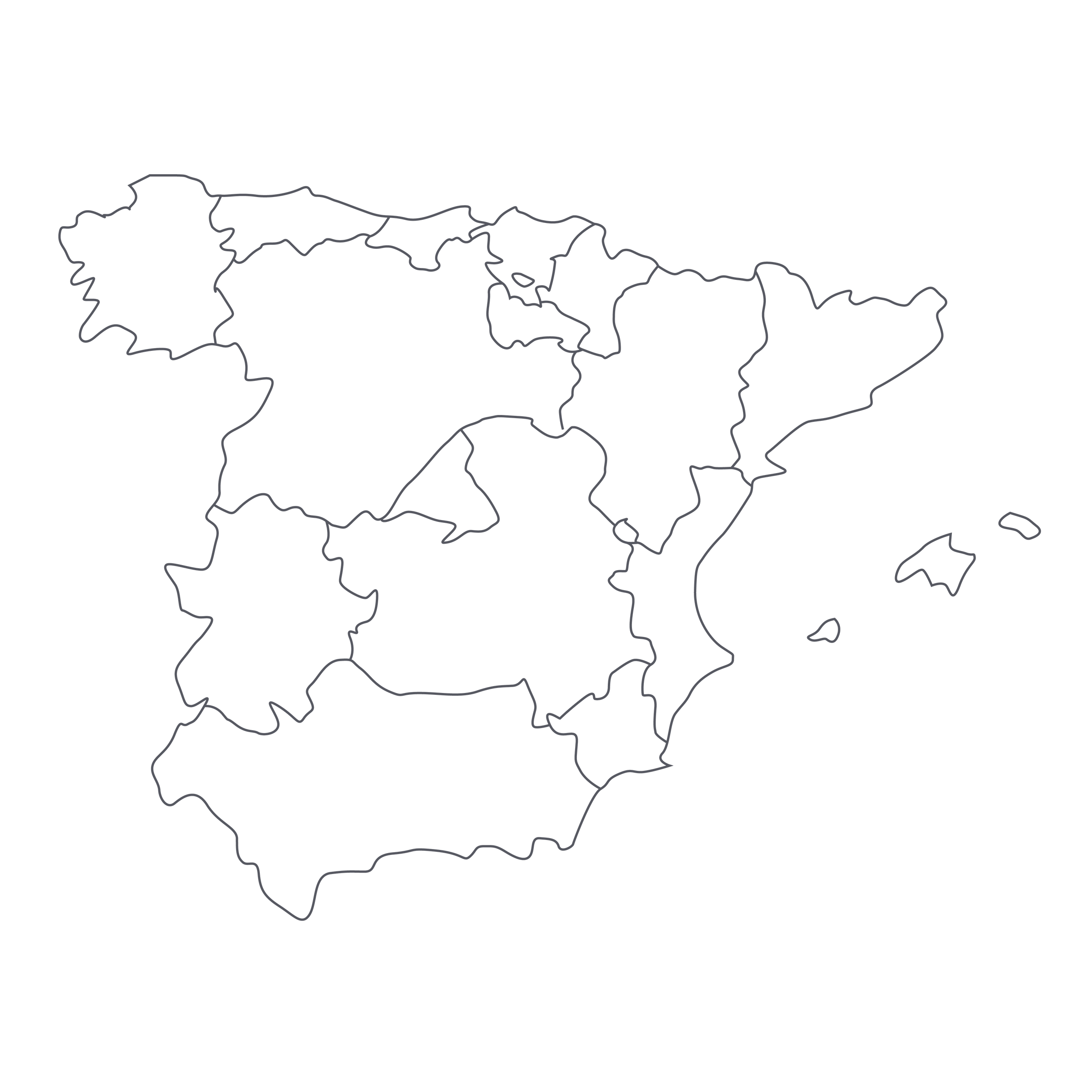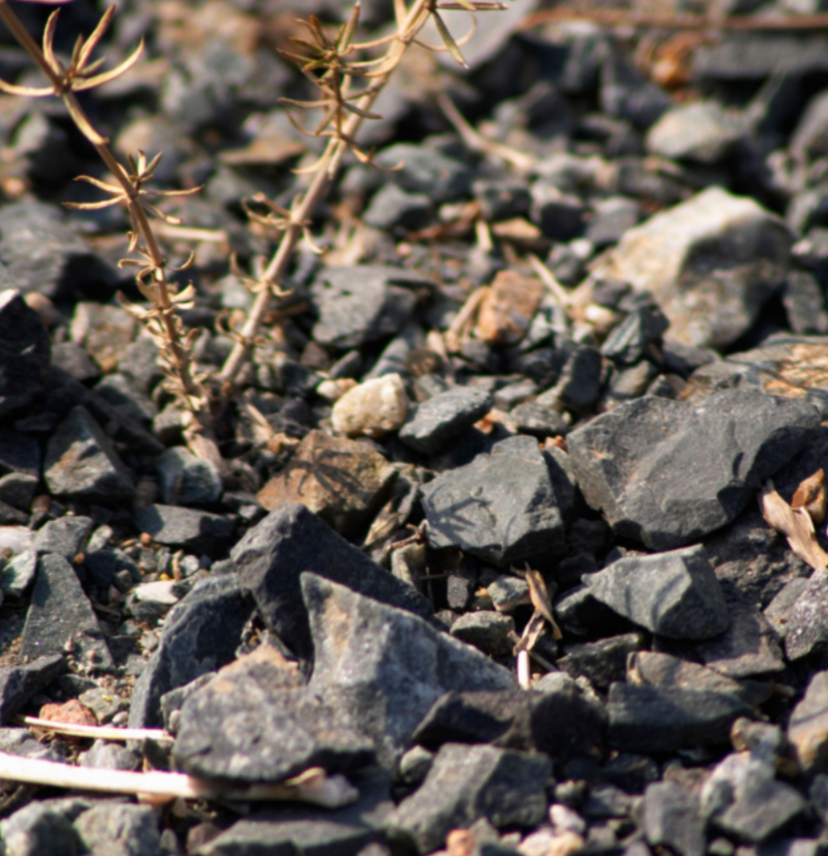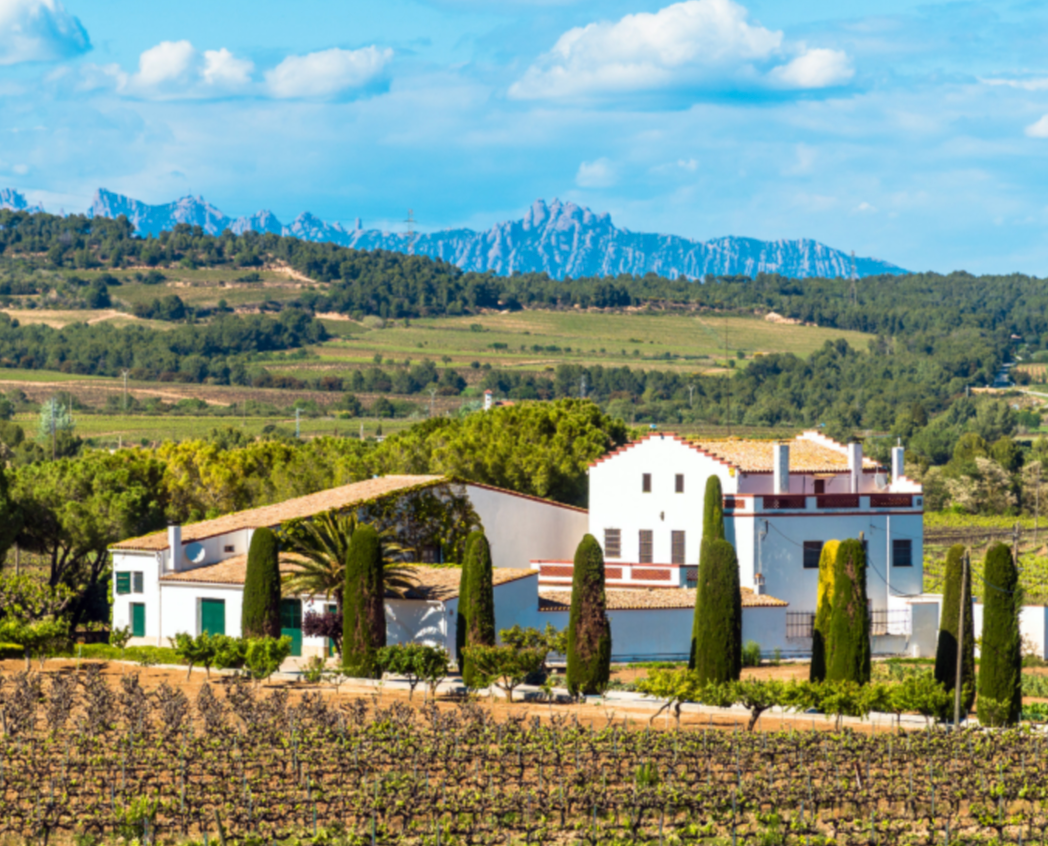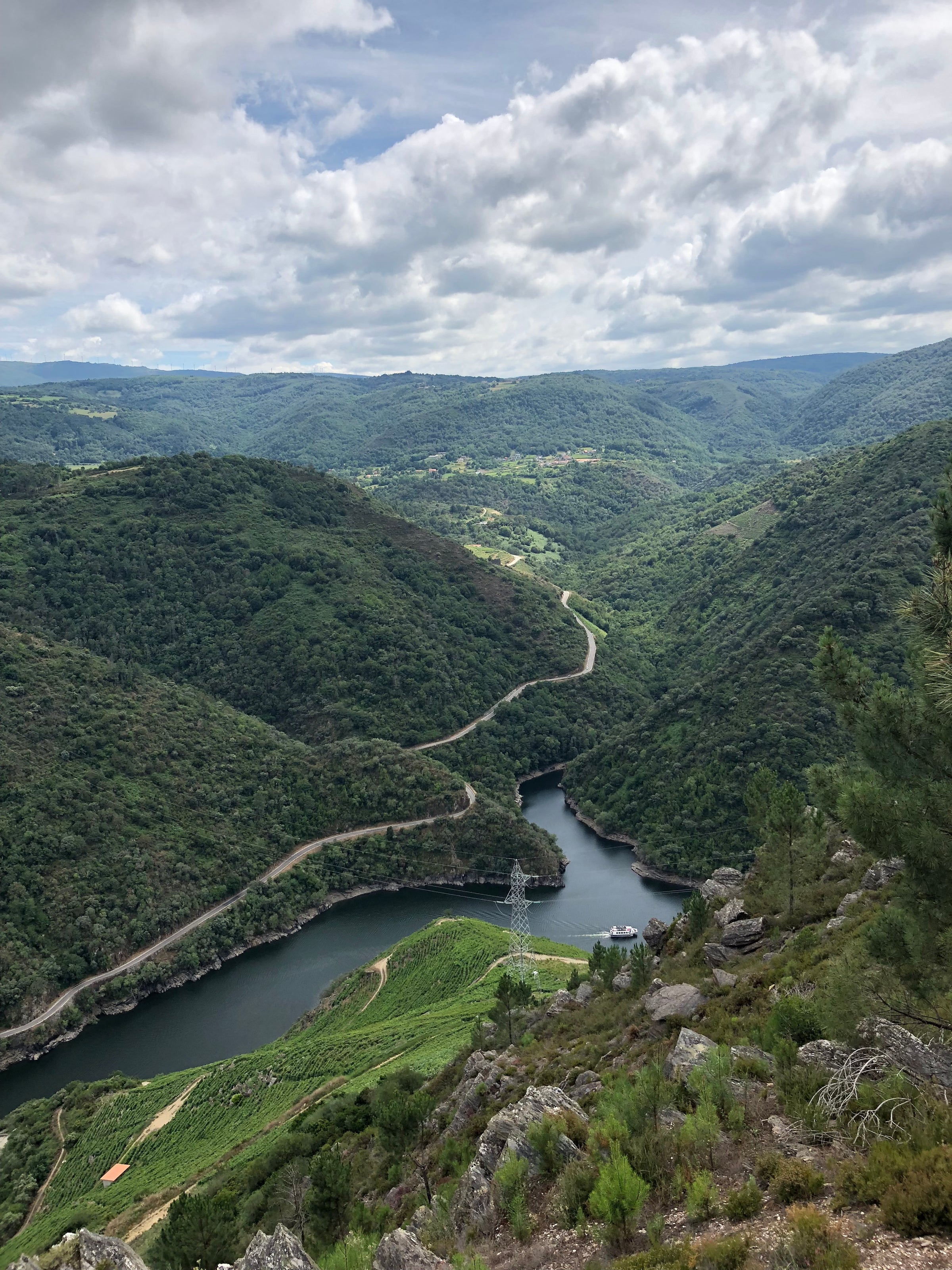Admittedly, we’ve all been spoiled by Champagne, so mountains must be moved in order to draw us away from this legendary region. Roger Goulart did just that with today’s bottle. Sometimes, we’re at a loss for words around here because the label and associated price tag do all the required speaking: This is an eight-year-old, Champagne-method Gran Reserva Cava from a time-honored producer—and it’s only $29.
Perhaps the most astounding detail is the staggering amount of patience that went into crafting today’s bottle. One hundred feet beneath a century-old “cathedral” in Penedès is where today’s 2011 Gran Reserva matured for seven long years. That’s just what you get in a bottle of Roger Goulart: Dynamite, top-of-its-class Cava at an impossibly low price. They’ve been doing this for 137 consecutive years now, and their magnificent track record has finally caught the attention of high-profile critics (James Suckling has a soft spot for them). Still, Roger Goulart’s stunning lineup of long-aged,
mèthode Champenoise wines all stealthily remain out of the consumer eye. That’s music to our ears, and the wine itself is magic on our palates. Missing this is a crime against sparkling wine—you simply can’t find a more sophisticated, painstakingly crafted bottle at this price!
During the Champagne boom of the late 1800s, Roger Goulart snuck onto the sparkling scene in neighboring Spain and began crafting textural, long-aged Cavas of finesse and stunning cellar appeal. But it didn’t start that way: In 1882, Magí Canals purchased a small chunk of land from the Goulart family and then burrowed out a small cellar for his family that later became the foundation for Cavas Roger Goulart. Many decades and generations have brought change, but the sheer quality of their wine remains a beacon in a sea of generic Cava.
Today, they tend to 20 hectares of sustainably farmed vines—Xarel-lo, Macabeo, and Parellada for this bottle. In 2011, they harvested and meticulously sorted their grapes by hand in the early hours of the morning before a gentle pressing back at their winery. Amazingly, they only selected half of the first-press juice for this Gran Reserva (whereas Champagne uses all of it). After vinification, the wine was sent into bottle in the beginning of 2012 and rested in the 100-feet-deep cellar for more than six years. In order for Cava to qualify as a ‘Gran Reserva,’ a vintage-dated wine must age at least 30 months—Goulart obviously exceeded that! Upon disgorgement in the latter half of 2018, less than four grams of sugar were added to each bottle (a low level of dosage that would qualify it for Extra Brut if they were so inclined).
In the glass, the 2011 Gran Reserva displays a sublime, ultra-fine mousse and reveals a brilliant straw-yellow core interspersed with hints of silver and gold. Its aromatic intensity brings out the wild side of Cava and its indigenous grapes at first, but within a few minutes it all smooths out to reveal a stunningly layered sparkling with powerful minerality. White pear skin, yellow apples, toast, honeysuckle, crushed stones, herbs, cracked earth, damp flowers—it all unfurls with beautiful finesse. The medium-bodied palate arrives with generous ripeness and a fully-equipped force of savory complexities that can only be achieved through years of continuous lees aging. Not only is this one of the finest Cavas I’ve had the pleasure of tasting, it comes in at a price that practically demands you buy a case. For those that do, it still has quite a few years of evolving left in its tank! Whether consuming now in all-purpose stems, or in five years, it’s price-to-quality will surely shock you, guaranteed. Food pairing? Load up on a heaping portion of paella, a full glass of 2011 Gran Reserva, and clink glasses with close friends. Cheers!





